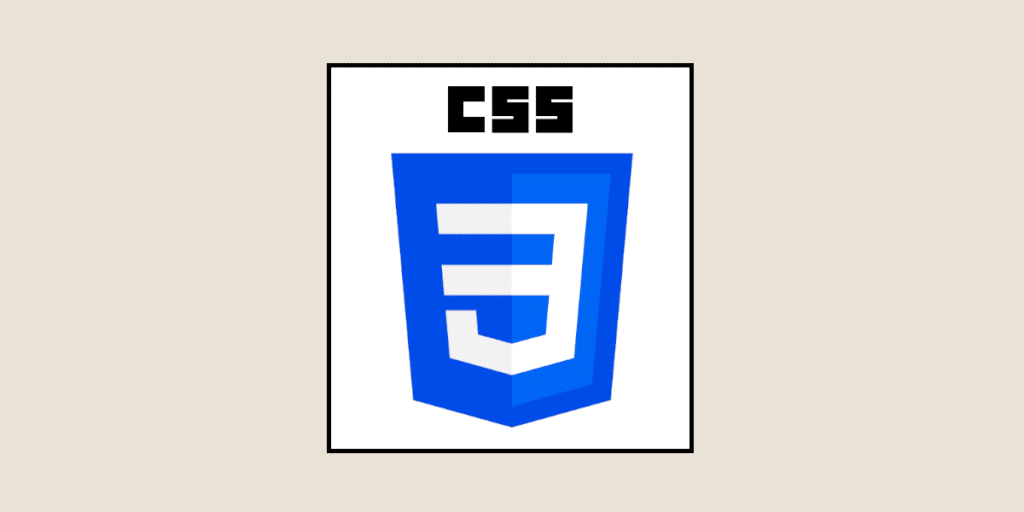When you surf the web, the sites you visit are a harmonious combination of content (text, images, videos) and presentation. But have you ever imagined what lies behind those eye-catching designs, smooth animations and responsive layouts? That's where CSS comes in.
What is CSS and why is it important?
CSS, or Cascading Style Sheets, is a language used to describe the appearance and formatting of a document written in HTML or XML. In other words, while HTML provides the structure of the page (such as headings, paragraphs and links), CSS determines how these elements should appear on screen. This includes aspects such as color, font size, spacing and even animations.
The importance of CSS lies in its ability to separate content from presentation. This means that developers and designers can modify the appearance of a website without touching its content. This separation also offers greater flexibility, enabling websites to adapt to different types of device and screen sizes.
The benefits of CSS3: a major evolution in web design
 |
Advanced Graphics Capabilities | Gradients and rounded borders (or similar effects) can be achieved directly with code, reducing dependence on images and speeding up page load times. |
|---|---|---|
 |
Animations and Transitions | CSS3 introduced specific properties for animations and transitions, allowing developers to create smooth movements and interaction effects directly with CSS. |
 |
Responsive Design | One of the biggest advantages of CSS3 is its ability to make websites "responsive," meaning websites have the ability to adapt to different screen sizes. |
 |
Custom Fonts | With the introduction of the @font-face rule, CSS3 allowed designers to use custom fonts on websites, paving the way for greater typographic design freedom. |
 |
Compatibility and Performance | While browser compatibility has always been a challenge, CSS3 has been widely adopted by all modern browsers. Additionally, by reducing dependence on images and external scripts for styling effects, CSS3 has also improved website performance. |
 |
Code Simplification | With the introduction of new properties and selectors, CSS3 allows developers to achieve complex designs with less code. This results in cleaner, easier-to-maintain, and more efficient style sheets. |
The main new features
The arrival of CSS3 has brought unprecedented evolution to web development. Here are just a few of them:
Advanced selectors
Selectors are at the heart of CSS functionality. CSS3 adds new ones:

- Attribute selectors: allow you to target elements according to the presence or value of their attributes, for example [data-attribute] or [attr^=”value”].
- Structural selectors: These let you target elements according to their position or relationship to other elements, such as :nth-child() or :last-of-type.
Graphic effects
CSS3 has introduced a variety of graphic effects that were previously only possible with images or scripts.

- Gradients: With linear-gradient and radial-gradient, you can create smooth gradients without the need for images.
- Drop shadows: The box-shadow property lets you add shadows to elements, adding depth and emphasis.
- Transformations: Transformations, such as rotate, scale or translate, can be used to modify the shape, size or position of an element.
Transitions and animations
CSS3 transitions and animations enabled dynamic and attractive interactions without relying on JavaScript.

- Transitions: These enable fluid changes between the states of an element.
- Animations: With keyframes, designers can create complex animation sequences, from simple bounces to looping animations.
Responsive Design
CSS3 provides the necessary tools to enable pages to adapt to screen size.

- Media queries: Enable styles to be applied according to screen size or other display conditions.
- Flexbox: A layout template that facilitates the creation of flexible, adaptive designs.
- Grid Layout: Another layout innovation, making it easy to create complex grids.
Typographies
Typography has always been a central element of design, and CSS3 has taken it even further.

- @font-face: This rule enables the integration of custom fonts, offering unprecedented typographic freedom.
- Advanced properties: With properties such as text-shadow or font-variant, CSS3 has enriched the possibilities for text stylization.
What are the best practices for CSS3?
CSS3, with its vast capabilities, offers great flexibility to developers and designers. However, with this power comes the responsibility to use it wisely. Adopting good practices when working with CSS3 guarantees not only high-performance websites, but also maintainable, scalable code. Let’s take a look at some of these essential practices.
- Progressive design: Progressive design means starting with a solid foundation that works across all devices and browsers, then gradually adding functionality for more modern browsers.
- Use of vendor prefixes: Vendor prefixes are used for properties specific to certain browsers. While this may seem redundant, using prefixes ensures that your design remains consistent across all browsers.
- Organize your code: Well-organized CSS is easier to read, maintain and debug. So, group similar selectors together to reduce redundancy and improve readability, comment out your CSS and adopt a development methodology.
- Test browser compatibility: Even with the standardization of CSS3, not all browsers interpret code in the same way. Use tools like “Can I use” to check the compatibility of properties, and test your site on different browsers and devices.
- Optimize your code: Minimize the size of your CSS (online tools exist to help you with this task), avoid universal selectors which can slow down page loading, and avoid putting too many images where they’re not necessarily needed.
- Stay up to date: Web technologies evolve rapidly. Stay up to date!
Conclusion
Scanning the vast capabilities of CSS3, it’s clear that this language has revolutionized the way we design and develop websites.
From advanced selectors to dynamic animations and responsive layout, CSS3 has enabled designers to push the boundaries of what’s possible in web design.










